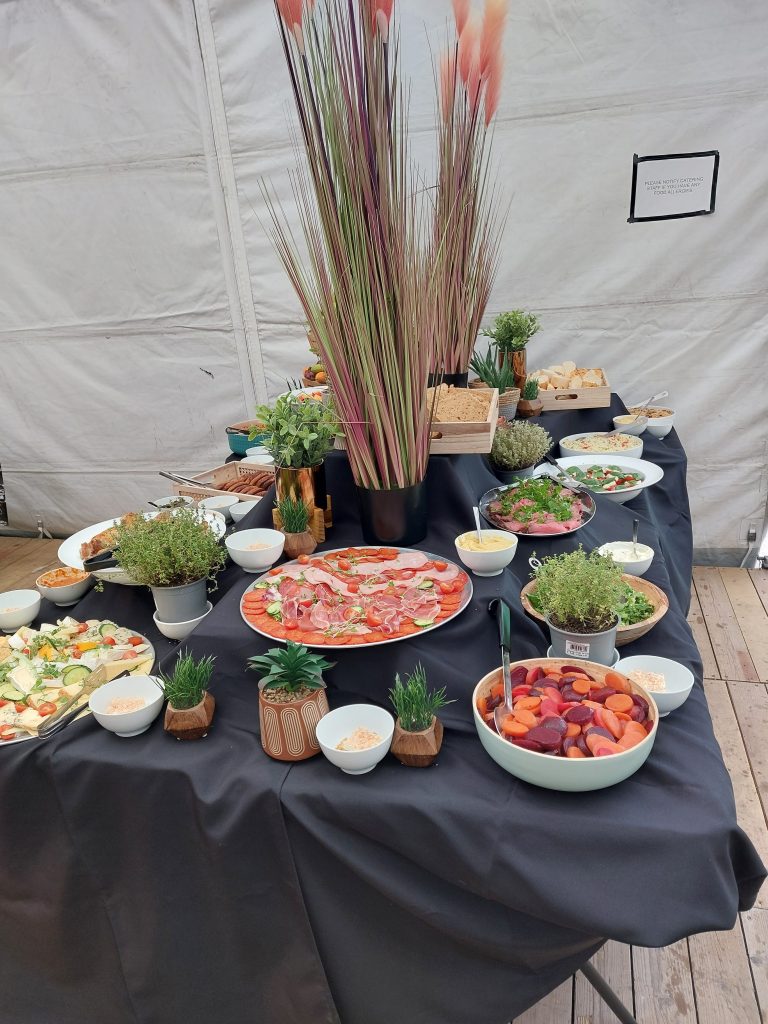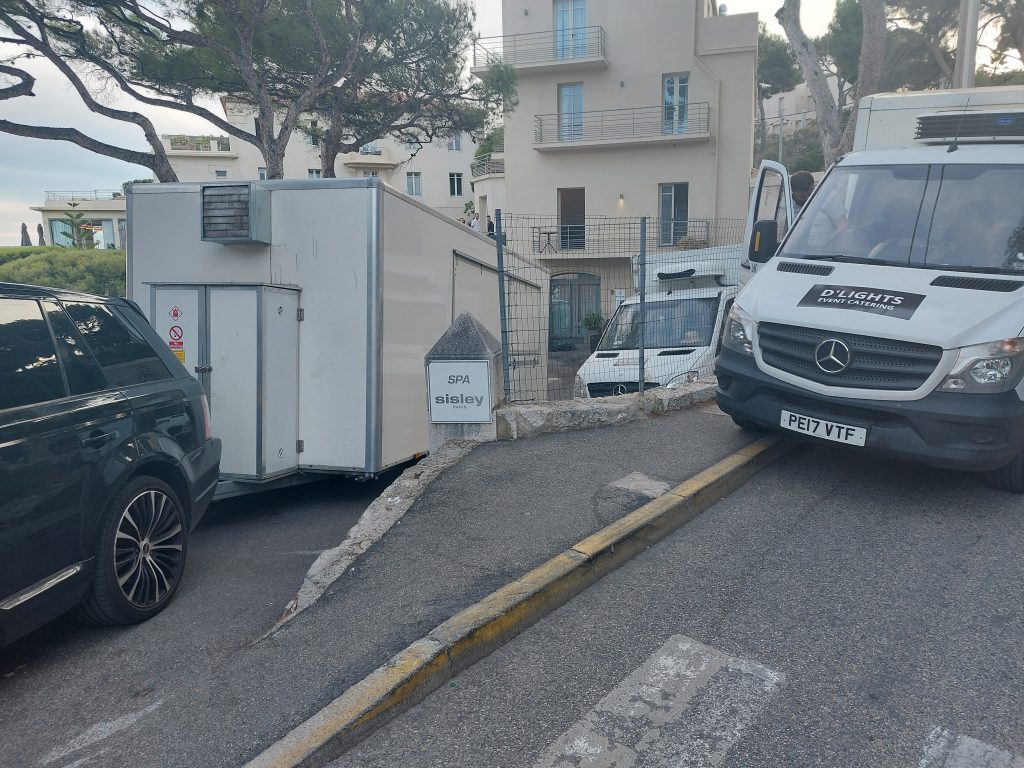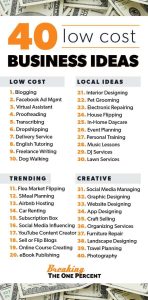Whether it’s a wedding, corporate event catering, or social gathering, the success of an event often hinges on the quality of the catering. In this comprehensive guide, we’ll delve deeply into the art of event catering, covering everything from menu planning and food presentation to logistics and client management.
- Understanding Client Needs:
- Begin by conducting thorough consultations with clients to understand their preferences, dietary restrictions, budget, and vision for the event.
- Take detailed notes and ask probing questions to ensure clarity and alignment with client expectations.
- Crafting the Perfect Menu:
- Tailor the menu to suit the theme, style, and purpose of the event while considering the dietary preferences and restrictions of guests.
- Offer a diverse selection of appetizers, main courses, sides, and desserts to accommodate different tastes and preferences.
- Experiment with creative and innovative dishes while also including classic crowd-pleasers to appeal to a wide audience.
- Food Presentation and Display:
- Pay careful attention to food presentation, as it plays a significant role in enhancing the overall dining experience.
- Use high-quality serving platters, utensils, and decorative accents to elevate the visual appeal of the food display.
- Incorporate garnishes, edible flowers, and artistic arrangements to add an aesthetic touch to each dish.
- Ensuring Quality and Freshness:
- Source fresh, seasonal ingredients from trusted suppliers to ensure the highest quality of food.
- Maintain strict hygiene standards throughout the food preparation and serving process to uphold food safety regulations.
- Implement efficient logistics and transportation systems to deliver food promptly and maintain optimal temperature control.
- Providing Exceptional Service:
- Train staff members to deliver professional and attentive service, anticipating guests’ needs and promptly addressing any concerns.
- Maintain open communication channels with clients, throughout the event to address any last-minute changes or requests.
- Managing Logistics and Operations:
- Plan and coordinate logistics meticulously, including equipment rentals, staffing requirements, and setup/breakdown schedules.
- Conduct site visits to familiarize yourself with the event venue and identify any logistical challenges or opportunities for improvement.
- Post-Event Follow-Up:
- Gather feedback from clients and guests to evaluate the success of the event catering.
- Take note of areas for improvement and incorporate feedback into future event planning processes.
- Nurture client relationships through personalized follow-up communication and express gratitude for their business.

Conclusion:
Mastering the art of event catering requires a combination of culinary expertise, attention to detail, and exceptional customer service. By understanding client needs, crafting the perfect menu, prioritizing food presentation and quality, and providing exceptional service throughout the event, catering professionals can create unforgettable dining experiences that leave a lasting impression on clients and guests alike.
With careful planning, execution, and continuous improvement, event catering can truly elevate any occasion to new heights of culinary excellence and hospitality. Learn about dlightseventcatering



